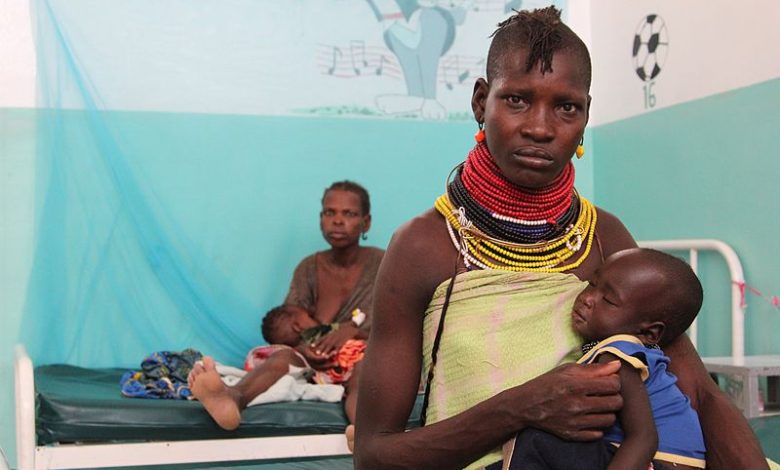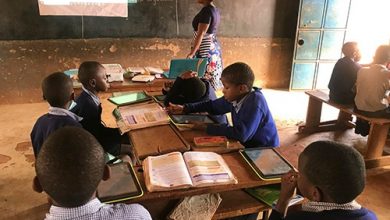Kenya, UNICEF Deploy Therapeutic Food To Avert Childhood Malnutrition

Kenya’s Ministry of Health and the UN children’s fund (UNICEF) on Tuesday commenced deployment of ready-to-use therapeutic food to four drought-stricken counties to help avert severe malnutrition among children.
The consignment of highly nutritious food commodities valued at 30 million shillings (253,915 U.S. dollars) is part of joint efforts to mitigate the adverse impact of the current drought cycle on children’s health and nutritional security, UNICEF said in a joint statement issued in Nairobi, the Kenyan capital.
Among the semi-arid counties to benefit from the supply of ready-to-use therapeutic food to prevent childhood malnutrition includes Turkana, Mandera, Wajir, and Isiolo, located in northern Kenya and grappling with an acute dry spell. Through UNICEF funding, the ministry of health has been able to procure, warehouse and provide last-mile delivery of highly nutritious and ready-to-use food items such as milk to 25 counties grappling with childhood malnutrition.
Terry Ramadhani, the CEO of Kenya Medical Supplies Agency (KEMSA), said the provision of life-saving therapeutic foods sourced from local manufacturers will help reverse stunting among children in the current drought cycle.
Ramadhani added that Kenya has leveraged partnership with multilateral institutions to boost nutritional support for children in 23 arid and semi-arid counties currently affected by drought. She disclosed that since 2015, the medical supplies agency has distributed UNICEF-supported food commodities to over 2,200 health facilities in arid lands, realizing zero childhood deaths due to malnutrition.
According to Ramadhani, the last distribution cycle of therapeutic foods recorded a more than 75 percent cure rate for previously malnourished children in arid and semi-arid counties. Kenya’s acute malnutrition rate has also reduced from 26 percent in 2016 to the current 20.1 percent in the semi-arid counties due to the availability of life-saving food items, Ramadhani said.
Statistics from National Drought Management Authority (NDMA) indicate that as of June, 4.1 million Kenyans were in dire need of food assistance amid escalating drought occasioned by four consecutive failed rainy seasons.In addition, 942,000 children aged 9 to 59 months were acutely malnourished in the drought-affected counties, while 134,000 pregnant and lactating women in the drought hotspots were severely malnourished and requiring treatment, according to NDMA.






